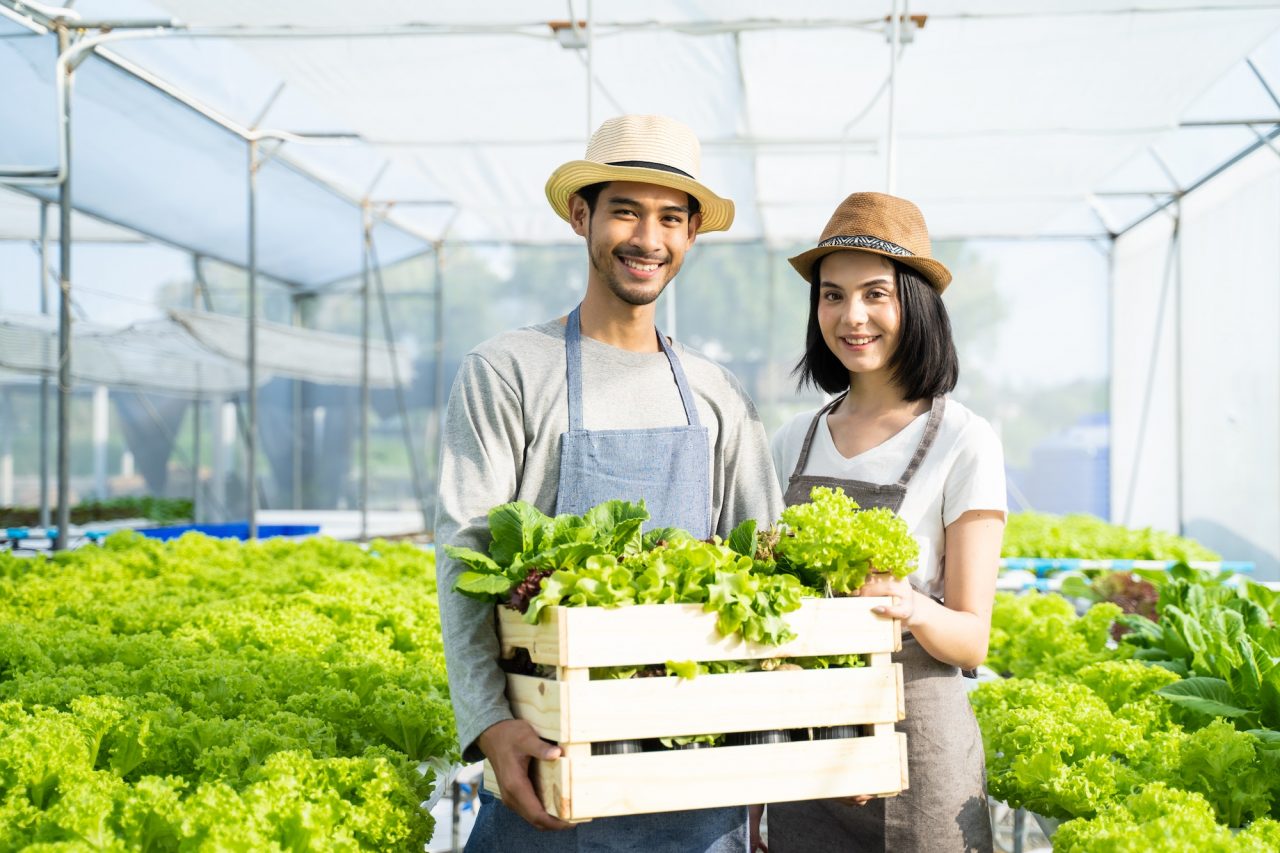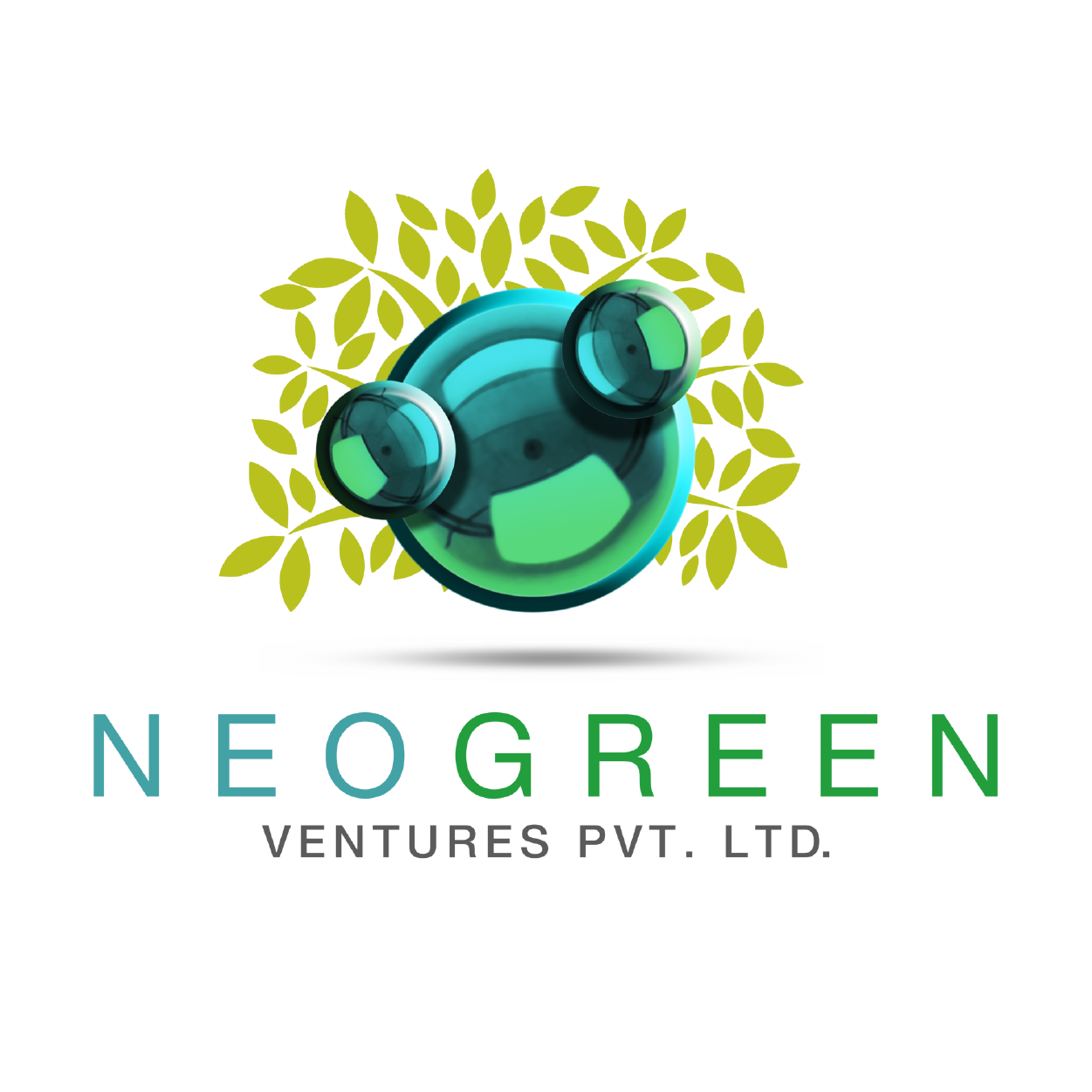Soiless Farming
Soilless farming, also known as hydroponic farming, is a method of growing plants without using soil as a medium. Instead, plants are grown in a nutrient-rich solution, providing them with all the necessary nutrients for growth. Here are some key pieces of information about soilless farming
Basic Data
Soiless Farming
Nashik
18-23°C
Cool

Agriculture that is environmentally friendly and self-sustaining.
There are several types of soilless farming methods, including deep water culture, nutrient film technique, aeroponics, and drip irrigation. Each method uses a different approach to deliver nutrients to the plants, but they all share the basic principle of growing plants without soil.
Soilless farming offers several advantages over traditional soil-based farming, including higher yields, faster growth rates, and more control over environmental factors such as temperature, humidity, and lighting. Soilless farming also uses less water and fertilizers than traditional farming methods, making it a more sustainable option.
Basic Information
- Nutrient solution: In soilless farming, plants are grown in a nutrient-rich solution that provides all the necessary macro and micronutrients for plant growth. The nutrient solution can be purchased pre-made or made from fertilizer salts.
- pH and EC monitoring: The pH level and electrical conductivity (EC) of the nutrient solution must be monitored regularly to ensure that the plants are getting the correct nutrients and that the solution is not too acidic or too alkaline.
- Planting: Plants in a soilless farm are typically grown in containers or net pots filled with an inert medium such as perlite, coconut coir, or vermiculite, which helps support the plant’s root system.
- Lighting: Plants require adequate light to grow, so artificial lighting is often used in soilless farming to supplement natural light. LED grow lights are a popular choice for indoor soilless farms.
- Air circulation: Good air circulation is important to prevent mold and disease from forming in the soilless farm. Proper ventilation can also help regulate temperature and humidity levels.
- Humidity: Soilless farming systems require a specific range of humidity to prevent plants from losing too much water or becoming susceptible to fungal and bacterial growth. Humidity levels should be maintained between 50-70%.
